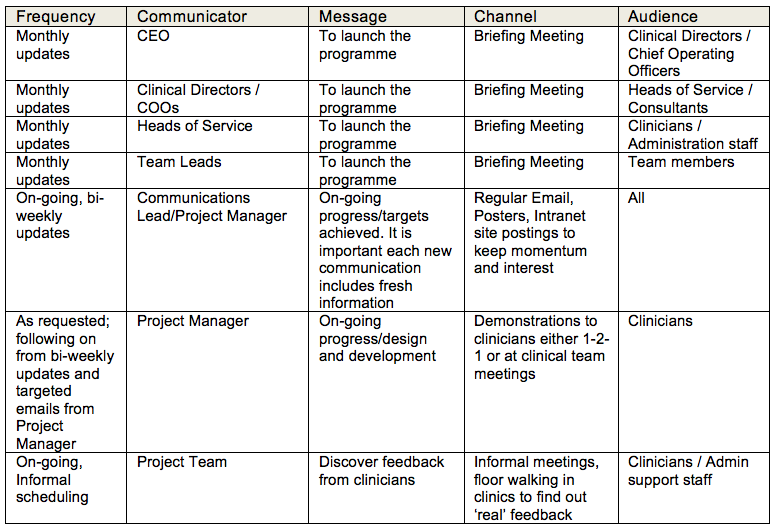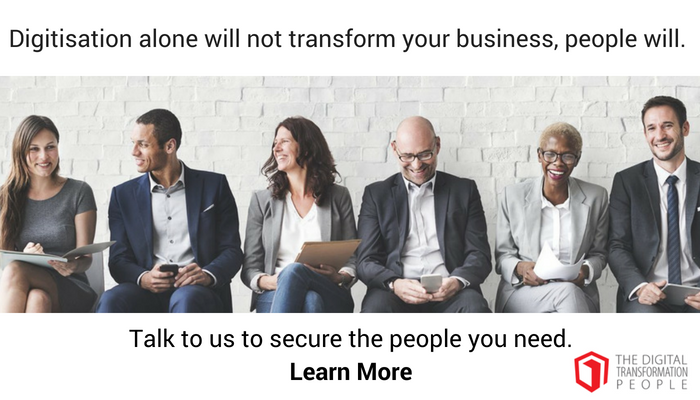In our last blog on Business Change we talked about the importance of communication and stakeholder management. The benefits of understanding that change is on the way and what it is will ensure your stakeholders appreciate what is happening and why.
In project terms this is known as Stakeholder Engagement or Stakeholder Management, it is a critical part of any change programme and without good communications it is unlikely your programme will succeed.
Why is communication so important?
As with any change open and honest communication is important. It allows everyone involved to feel confident that they have the support of the organisation, the programme SRO, the chief executive and the programme team.
The purpose of programme communications is to ensure regular and consistent messages are issued to all. Telling staff what is going on will encourage them to lend their support. If people understand what is happening and why they are more likely to support the changes.
But it isn’t just a one way street, to be really effective communications should be reciprocal. Welcoming feedback and encouraging staff to air their concerns will help you understand if there likely to be any disruptive influences.
Letting staff express their worries and ideas will help you understand how to make the change from current to future state smoothly. If you help staff through the process by asking their opinion and taking into account their views they are more likely to embrace the change.
Here are a few key steps to consider:
Step 1: Make sure someone owns the message
Whatever size your programme is you need to ‘sell’ it to your audience. You will be effectively marketing the change and its benefits to the user base by asking them to come on board and support the changes it will bring. To do this you will need someone skilled at both designing the communications strategy and delivering the message.
Your Communications Lead must therefore be a good communicator who is assertive yet empathetic and is able to speak knowledgably at all levels of the organisation. This person will be the face of your programme.
They will design the communications, present and demonstrate the product and will be able to filter the risks and issues raised by staff back to the programme manager. It is most likely that the communications lead will need a team to support them so don’t forget to request funding for adequate resources in your business case.
Make sure you have a fully funded work stream dedicated to the whole programme. Effective communication can be time consuming and adequate resources will be required to deliver the right messages to the right people. It is therefore important to include a pre-defined communications plan as part of the business case.
In addition, explaining the communications plan in the business case will set expectations that this is not just a superficial exercise but an effective method of reducing the kind of resistance to change that can undermine many IT and change projects.
Messages will change as the programme progresses so you will need resources for the duration and into the Benefits Realisation phase after the change is live and into business as usual.
Step 2: Build your strategy using the benefits
Create a stakeholder map collating staff into groups according to their roles. The message to each group might be different. For example at a northwest NHS Trust case notes unavailable at point of care caused tremendous problems for doctors and nurses.
This problem extended clinic times and posed an increased clinical risk to patients. By using this problem and mapping it to the new system benefits the communications team were able to demonstrate that the change would always ensure a patient’s information is available at the touch of a button.
Create a stakeholder matrix mapping groups of users, their current frustrations and their fears of the change or new system to the benefits. This will allow you to create specific messages and target individual groups of staff.
Step 3: Decide on your message
Decide what you want to say and who you want to say it to. Keep using those same staff groups to decide on the best channels, the language you use and the frequency with which you issue your message. Always start at the top.
For example a clear concise message from the Chief Executive or the Medical Director goes a long way to starting the buy-in process. Bring in some key doctors, lead nurses or therapists to deliver the message as well as the communications team.
A presentation doctor to doctor or nurse to nurse is more effective than from a member of the IT or communications department. And think about the benefits; a benefit to a doctor might not be important to a nurse and vice versa.
An example is below that can be adapted.

Step 3: The right skills mix
The Communications Lead, who should sit on the programme board, will be responsible for delivering and leading engagement with users. However, it is also a good idea for one of the lead clinicians maybe a doctor and a nurse to support the efforts.
By taking ownership of and delivering a positive, benefits-driven message to the wider clinical audience they send a clear message to their peer group.
Experience at many clients indicate reduced resistance from staff when communications came from another clinician, with word-of-mouth discussions also proving a very effective medium for communicating positively about the project.
Providing sight of the new system is also highly effective: clinicians typically became engaged as soon as they attended a demonstration because they can see immediately how many of their daily frustrations will be resolved by the change.
Picking the right mix of skills amongst the communications team and managing their availability to allow consistency and continuity through the programme is important. This will be covered in a more detailed guide to resourcing your whole programme, in our next blog.
Article by channel:
Everything you need to know about Digital Transformation
The best articles, news and events direct to your inbox
Read more articles tagged: Change & Transformation, Featured









